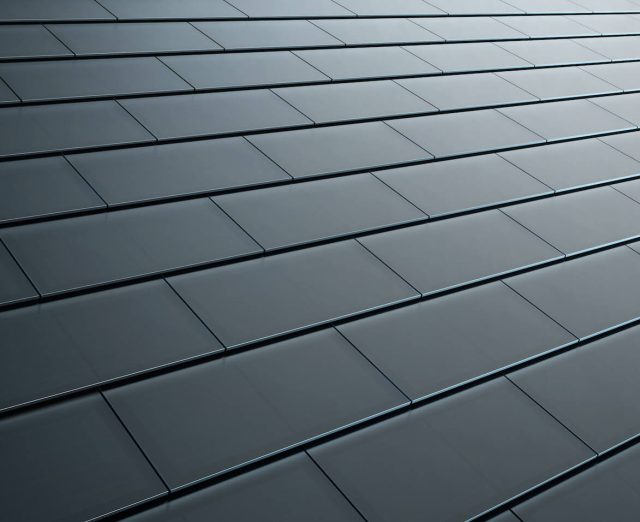
Tesla smooth black glass solar roof tiles. (credit: Tesla)
The price of solar panels has fallen far and fast. But the Energy Department (DOE) wants to bring those costs down even further, especially for residential homes. After all, studies have shown that if every inch of useable rooftop in the US had solar panels on it, the panels could provide about 40% of the nation’s power demand. Right now, the DOE’s goal is residential solar that costs 5¢ per kilowatt hour by 2030.
In a new report from the National Renewable Energy Laboratory (NREL), researchers mapped out some possible pathways to that goal. Notably, the biggest barriers to cost reduction appear to be the stubborn “soft costs” of solar installation. Those soft costs include supply chain costs, labor costs, and sales and marketing costs that aren’t related to the physical production of solar cells at a factory.
NREL wrote: “Because the 2030 target likely will not be achieved under business-as-usual trends, we examine two key market segments that demonstrate significant opportunities for cost savings and market growth: installing PV at the time of roof replacement and installing PV as part of the new home construction process.”